U.S. Senator from Pennsylvania Wastes Everyone’s Time
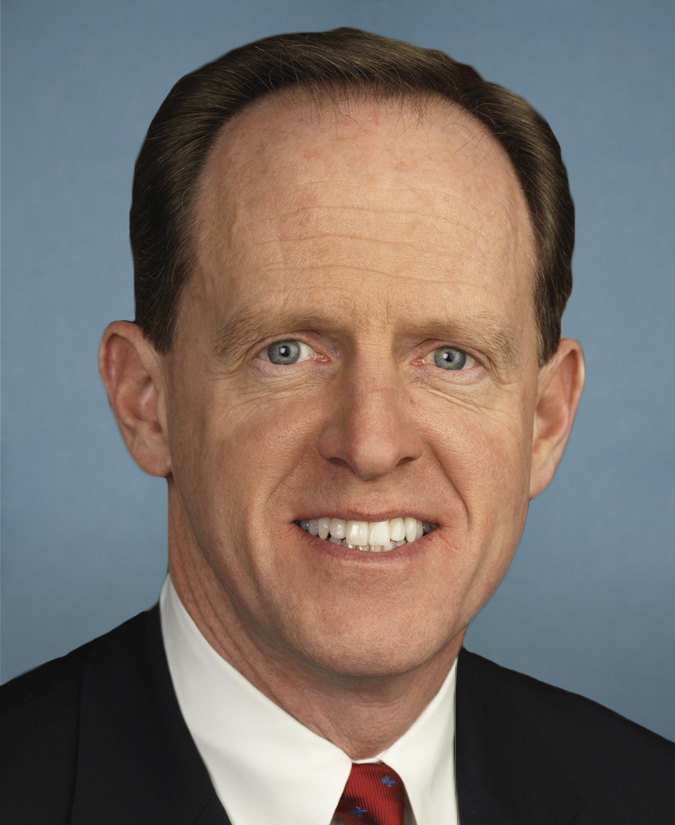
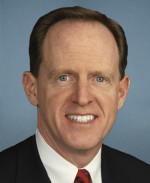
U.S. Senator Patrick Toomey (Pennsylvania)
Yesterday, U.S. Senator Patrick Toomey (Pennsylvania) introduced an amendment in the Senate Finance Committee to de-fund the federal Transportation Alternatives Program.
Ugh. Not again.
Five years ago, after the previous federal surface transportation bill expired and the U.S. Congress started a long debate about its replacement (eventually known as “MAP-21”), a series of congressional yahoos offered amendment after amendment after amendment after amendment after amendment like Senator Toomey’s to de-fund the federal Transportation Enhancements, Safe Routes to School and Recreational Trails programs. After 3 years of this, Congress ended up partially de-funding these programs when it passed MAP-21 in probably the worst defeat in federal transportation policy in 20 years.
Now Senator Toomey is at it again, picking up where things left off in 2012 to finish the job and completely eliminate the federal Transportation Alternatives program altogether (the much reduced in size successor program under MAP-21 to Transportation Enhancements, Safe Routes to School and Recreational Trails).
But here’s the thing. Senator Toomey has introduced his amendment in the U.S. Senate Finance Committee. This committee is chaired by Senator Ron Wyden (Oregon). Delaware’s own Senator Tom Carper also sits on this committee. There’s just no way that Senator Toomey’s amendment ever escapes alive out of Senator Wyden’s and Senator Carper’s committee.

Senator Ron Wyden (Oregon), Senator Tom Carper (Delaware) and Senator Patrick Toomey (Pennsylvania). Senator Toomey’s anti-walking amendment is not going to escape alive from Senator Wyden’s and Senator Carper’s committee.
Senator Toomey, don’t you have better things to be doing than wasting everyone’s time with this amendment? When the people of Pennsylvania sent you to Washington DC, was it with a mandate to annihilate the only federal program dedicated to walking and cycling? Was that part of your platform? Or did you you have this brilliant idea only when you arrived in the fevered swamps of Washington DC?
Meanwhile, back in Delaware, the Delaware General Assembly will be debating House Bill 425 soon. This bill includes $4.1 million for Delaware’s Transportation Enhancements program. (For historical reasons, in Delaware nearly all of the money in the Transportation Enhancements program goes for sidewalks and ‘streetscaping’.) But, on top of this, House Bill 425 will add $6.3 million in other state and federal discretionary funds for “Bike and Pedestrian Improvements” ($3.7M) and “Statewide Trails and Pathways” ($2.7M). (Unlike Transportation Enhancements, nearly all of this $6.3 million will go for bikeways and very little will be for sidewalks.) And that’s actually about a million dollar bump over Governor Markell’s (the most bicycle friendly governor in America) original request in January despite the fact that other priorities actually got cut in the bill.
This additional $6.3 million in state commitment to cycling by the Delaware General Assembly is not as impressive as the $13.25 million for cycling it voted in 2012. But it’s still very cool, and it represents a serious and substantial ongoing commitment by state government leadership to make Delaware the most bicycle friendly state in America (with funding that state leaders could have chosen to put to a different use). The contrast with Senator Toomey’s shenanigans in Washington DC today could not possibly be greater.
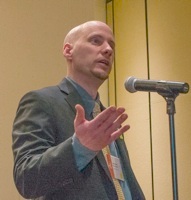
James Wilson is the executive director of Bike Delaware.
RELATED:
• Transportation Enhancements Under Attack! (2009)
• Mica, Inhofe Oppose Transportation Enhancements, Safe Routes to School and Recreational Trails (2011)
• It’s Good to Have Friends When the You Know What Hits the Fan (2011)
• Senator Paul’s Anti-Bike Amendment Fails! TE survives again (2011)
• Horrible Surface Transportation Bill Unveiled – Bicycle Programs Eliminated (2012)
• Boxer-Mica Law Eliminates 20 Year Transportation Enhancements Program (2012)
• Toomey Amendment (2014)



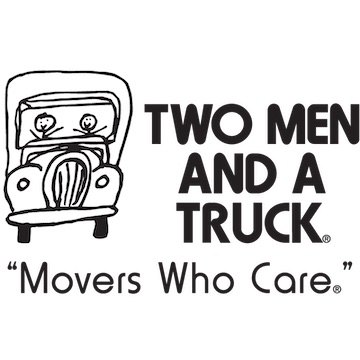
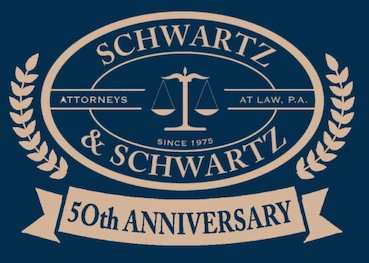
16 Responses
Just emailed our sad excuse for a senator about this issue. Hopefully, we get a replacement in November.
Randy, remember this next time we go to the booths.
I thought this page was about biking. I didn’t realize it was a political page. Sorry, I will exit peacefully.
Advocacy, which often can mean engaging with elected officials, is the main way Bike Delaware tries to achieve its organizational mission and vision:
http://www.bikede.org/about-us/mission-and-vision/
Scott this awesome page is about cycling which would very clearly include such issues as funding for new and improved infrastructure to support this amazing passion of ours.
What an idiot.
[…] Cincy shares research drawing a connection between neighborhood density and income growth. And Bike Delaware‘s James Wilson explains why he’s not too concerned about Senator Pat Toomey’s […]
Does Toomey explain his motive?
We haven’t seen any explanation from Toomey. If you would like to ask him, he can be emailed here: http://www.toomey.senate.gov/?p=contact
Nice that state money is being put aside for pedestrian and bike improvements. In your article you state that most of the funding is going towards bikeways, unlike TE/TA which is mostly used for sidewalks and streetscaping (historical precedent only). But the specifics of the funding state otherwise. I think this needs to be clarified. As is clear from your articles, the vast majority of the money will go to shared use pathways, which are exactly that: shared use. These pathways are for all non-motorized traffic from cyclists to walkers to joggers to skaters to dog walkers, and pedestrian activity is in the majority by far on virtually every MUP. So while unlike sidewalks, the money serves a slice of the population of both pedestrians and cyclists, it’s still heavily weighted towards pedestrian activity. TE/TA money tends to go towards sidewalks and streetscaping, but not always. For example, Wilmington has been awarded a grant through this program for on-road bicycle routes. So the distribution of funds is not as cut and dried as you indicated. Elimination of the TA program would impact biking as well as walking in Delaware. As for Toomey, it’s a shame that some members of our Congress continue to be so hung up with eliminating funds for anything other than motor vehicles.
Amy, thank you for your thoughtful comment.
Take a look at this link to the 35 Delaware TE (also known now, confusingly, as “TA”) projects in Delaware for 2013-2014:
http://www.bikede.org/wp-content/uploads/2014/06/Delaware_2013-2014_TE.pdf
The 1st project is “Bayard Square Enhancements”.
The 2nd project is “Smyrna, US113 Landscaping”.
The 3rd project is “Town of Ocean View Streetscape”.
The 4th project is “Rodney Square Beautification”.
etc. etc. etc.
You have to go all the way down to nearly the last of the TE projects in the list (the next to last one, in fact) to *finally* find a bikeway project (the one you mentioned in Wilmington). Only 1 our of 35 TE projects is a bikeway.
The way the TE program is administered in Delaware is unusual, as is its overwhelming focus on sidewalks and streetscaping. In the rest of the country, TE is the main source of funding for bikeways. Bike Delaware has been aware of this “problem” since 2011. One possible “solution” back then was to try to take TE money away from sidewalks and streetscaping and get it repurposed for bikeways. But that would have been stupid. The “problem” was never those sidewalk and streetscaping projects which are, in fact, good projects. The problem was that there was no additional money for bikeways.
The result was the Walkable Bikeable Delaware campaign.
Walkable Bikeable Delaware is a campaign for strategic investments in walking and cycling. But, just as TE is *nominally* about both walking and cycling but for historical reasons has focused overwhelmingly in practice on walking, Walkable Bikeable Delaware is nominally also about both but in practice (partially because of the interest of our current governor) has ended up funding projects that are overwhelmingly about cycling.
The result is a more balanced investment portfolio. TE ($4.1 million in HB425) remains focused on walking projects. Meanwhile, the additional “discretionary” funding in HB425 ($6.3 million) is much more focused on cycling. (We’re not saying that the occasional sidewalk might not sneak in…just as the very occasional bikeway might sneak in to TE.)
Instead of fighting over scraps in a very small pot of money, we’ve made the pot of money a LOT bigger in Delaware. And that is the major reason that Delaware is now the 4th most bicycle friendly state in America.
First, why write an article about Congress’ opposition to funding TA? Because it matters, both for walking and for the occasional bike project (and TA funding uses in DE are not set in stone–this can change as eligible projects are simply put in the queue and depend on the grants submitted). Also, I can’t believe that you just said that the funding for the Trails and Pathways MUPs is overwhelmingly about biking. It simply isn’t. Fact. It’s about mixed use, with much of the benefit accruing to pedestrian activities since those activities are more popular. That will be more than obvious to anyone who has used a multi-use path. Nothing wrong with mixed use. All forms of alternative transportation are important. We should support all of them. But we need to say it like it is. And we need a more balanced approach to bike projects that focuses on true networks and uses the infrastructure that already exists, including all manner of roads and neighborhood connectors as well as trails. Most important, we need to be clear and straightforward about how funds are used. Otherwise it become difficult to balance funding and make true progress.
Amy, thank you, as always, for your very thoughtful comments.
Yes, “MUPS” (sometimes also called shared use paths) are, if not always, often dominated by cyclists. The busiest bikeways in the United States (e.g. the Hudson River Greenway in New York, the Chicago Lakeshore Trail, the Monon Trail in Indiana, the Boulder Creek Path in Boulder, Colorado) are all shared use paths (with thousands – even tens of thousands – of daily cycling trips each).
The reason is, probably, speed. Just as roads tend to be dominated by fast-moving cars (fast moving compared to bicycles) so shared use paths tend to be dominated by fast moving bicycles (fast compared to pedestrians).
The moral test for cyclists is whether we behave with the same courtesy towards pedestrians on shared use paths that we would like to be shown by motorists on roads. Or whether – once it *us* being slowed down – we behave as inconsiderately as those rude motorists we have all encountered on the roads!
James, while cyclists dominate on some MUP’s, this varies by location and is far from “if not always, often”. In DE pedestrians predominate. In places like NYC, it depends on location. When the two forms are not separate on paths, there is at times an inverse relationship between pedestrian (walkers and joggers) and cycling activity due to the often incompatible nature of the two forms. Please see the link below re: NYC. One increases at the expense of the other. http://www.nyc.gov/html/dcp/pdf/transportation/bike_facilities_profile_off_street.pdf
I want to add that I agree that both cyclists and pedestrians need to be considerate when sharing MUP’s. Cyclists should slow down and understand that they are not riding on a “bicycle highway”. We need to be careful not to drive each other away and cause the two forms of transportation to conflict with each other. Same goes for the roads. It really is all about courtesy and respect. But this still doesn’t address the fact that MUP’s cannot and will not serve the needs of all, or even most, cyclists, and that they are not focused primarily on biking (nor should they be). NYC has taken a more encompassing approach. According to the link above, cycling is up 22 percent on the MUPs and 30 percent on the roads. But in the end, give folks the information and let them decide. I also encourage cyclists to become educated through a number of sources and not just trust what they see on any given website, or in the comment sections such as this :-). The internet is a garden of information. Don’t let anyone else do the weeding for you!
Amy, thank you again for your thoughtful comments. We appreciate that you are giving voice to what some cyclists think – particularly those who like to go really fast.
Just as it is false, however, for some motorists to say that bicycling is incompatible with motor vehicles on roads, however, it is also false for some cyclists to say that bicyclists and pedestrians cannot “share the path”!
Indeed, because of the much greater potential speed differential between motor vehicles and bicycles on the road compared to bicycles and pedestrians on shared use paths, the challenge of sharing the path is much less acute. The consequences of a collision between a cyclist and a pedestrian are almost always no worse than embarrassment and bruises. (The number of pedestrian fatalities caused by cyclists is so low that the federal government doesn’t track it.) Whereas over 700 cyclists are killed every year in the U.S. in collisions with motor vehicles.
Which is not to deny that, when the volumes warrant it, there isn’t an advantage to pedestrian lanes on shared use paths. Just as bicycles benefit from bike lanes on roads, pedestrians can benefit from pedestrian lanes on shared use paths. Let’s hope we see such volumes on our shared use paths soon in Delaware that people start clamoring for separation between cyclists and pedestrians. That’s known as a “problem we’d *love* to have”!